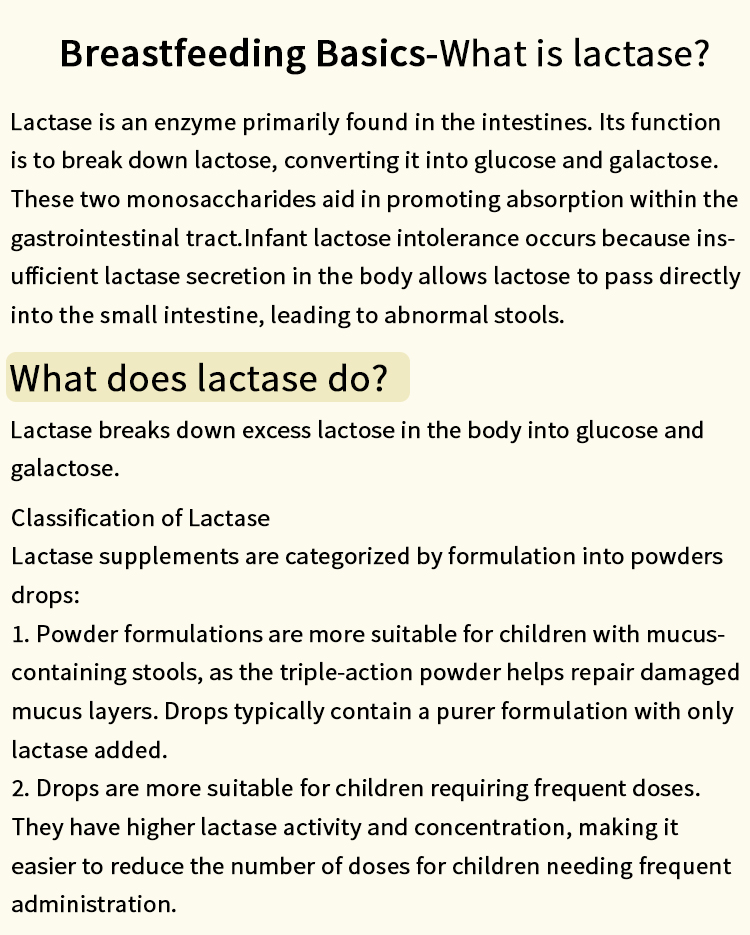In recent years, the conversation surrounding plastic pollution has intensified, prompting consumers, businesses, and researchers alike to seek alternatives that mitigate environmental impact. As a result, the question arises: Does eco-friendly plastic exist? This inquiry delves into the complexities of plastic production, the innovations in sustainable materials, and the potential for eco-friendly plastics to reshape our relationship with this ubiquitous material.
Understanding Traditional Plastics
To appreciate the advancements in eco-friendly plastics, it is essential to understand the traditional plastics that dominate the market today. Conventional plastics, primarily derived from fossil fuels, are characterized by their durability and versatility. However, their environmental footprint is significant, contributing to pollution, greenhouse gas emissions, and the depletion of non-renewable resources. The linear economy model, where plastics are produced, used, and discarded, exacerbates these issues, leading to a global crisis of plastic waste.
The Emergence of Eco-Friendly Plastics
Eco-friendly plastics, often referred to as bioplastics or biodegradable plastics, are designed to reduce the environmental impact associated with traditional plastics. These materials can be derived from renewable resources, such as corn starch, sugarcane, or even waste biomass. The two primary categories of eco-friendly plastics are:
- Biodegradable Plastics: These plastics are engineered to break down more quickly than conventional plastics, often through microbial action. They can be made from both renewable resources and petroleum-based sources. However, the term biodegradable can be misleading, as the conditions required for degradation (such as industrial composting facilities) are not always available.
- Bio-based Plastics: These are derived from biological materials rather than fossil fuels. While they may not necessarily be biodegradable, they can significantly reduce the carbon footprint associated with plastic production. Examples include polylactic acid (PLA) and polyhydroxyalkanoates (PHA), which are gaining traction in various applications.
Innovations in Eco-Friendly Plastics
Recent innovations in the field of eco-friendly plastics have led to the development of materials that not only reduce environmental impact but also maintain the performance characteristics required for various applications. Some notable advancements include:
- Recycled Plastics: The use of post-consumer recycled plastics is a growing trend. By reprocessing existing plastic waste, manufacturers can create new products without the need for virgin materials, thus conserving resources and reducing landfill waste.
- Compostable Plastics: These materials are designed to break down in composting environments, returning nutrients to the soil. They are particularly useful in food packaging and single-use items, where traditional plastics pose significant disposal challenges.
- Algae-Based Plastics: Researchers are exploring the potential of algae as a raw material for plastic production. Algae can be cultivated rapidly and sustainably, offering a promising alternative to fossil fuels.
Challenges and Considerations
While the development of eco-friendly plastics is a step in the right direction, several challenges remain. One major concern is the scalability of production. Many eco-friendly plastics are still in the experimental or small-scale production stages, making them less accessible and more expensive than traditional plastics.
Additionally, consumer awareness and education are crucial. Misunderstandings about the capabilities and limitations of eco-friendly plastics can lead to improper disposal and contamination of recycling streams. For instance, biodegradable plastics may not break down effectively in landfills, where conditions are not conducive to decomposition.
The Future of Eco-Friendly Plastics
The future of eco-friendly plastics hinges on a multi-faceted approach that includes innovation, regulation, and consumer engagement. Policymakers can play a pivotal role by incentivizing the production and use of sustainable materials, while businesses can invest in research and development to create more effective eco-friendly alternatives.
Moreover, consumers must be educated about the importance of responsible plastic use and disposal. By making informed choices, individuals can contribute to a circular economy that prioritizes sustainability.
Conclusion
In conclusion, eco-friendly plastics do exist, and they represent a promising avenue for reducing the environmental impact of plastic use. However, it is essential to approach these materials with a critical eye, recognizing their limitations and the need for responsible consumption. As technology advances and awareness grows, eco-friendly plastics may play a vital role in addressing the global plastic crisis, paving the way for a more sustainable future.





